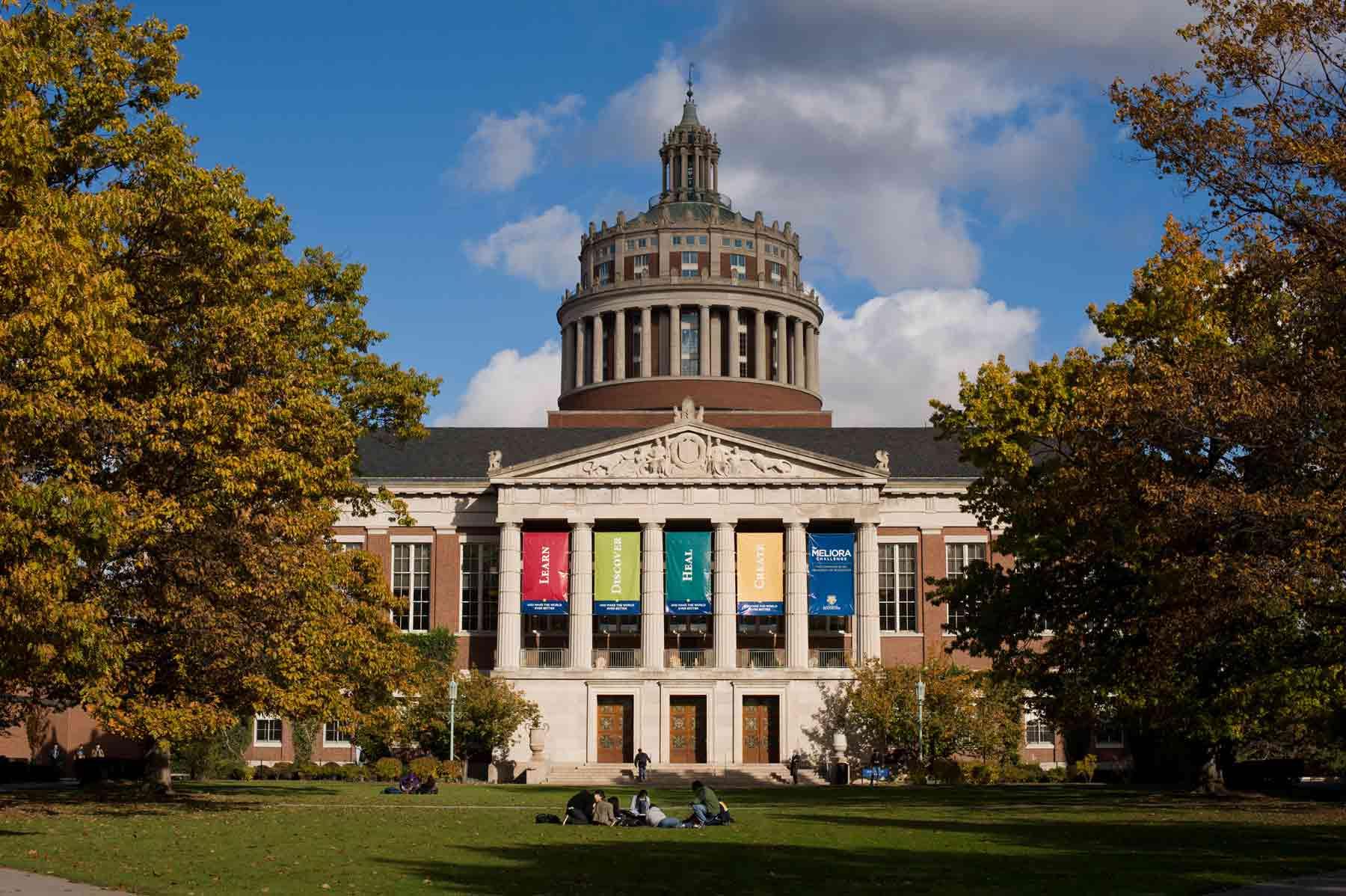As students are finalizing their list of colleges, I encourage their parents to avoid focusing too much on the tuition. A best-matched college is based on an academic, social, and financial fit. On the financial side, the fit isn’t really determined until the spring when the admission letters arrive. Think of the tuition costs as a sticker price. Similar to purchasing a car . . . many families do not pay the sticker price at colleges.
The other thing to note in terms of funding your college education is that the majority of scholarships come directly from the colleges via merit scholarships. Corporate scholarships, i.e. those external funds that are portable to any college or university represent a fraction of all the monies available for college.
How Students Qualify for Merit Scholarships
Here is some insight from the University of Rochester’s approach to how it awards merit scholarships:
While all schools will have their own criteria, this list will give you some sense of what matters beyond the obvious. Here’s how Rochester’s merit awards played out during the past admissions cycle:
• $3,000: The school typically rewarded candidates who reached out to it with an extra $3,000. These
were teenagers who had serious conversations with the admissions and financial aid office. Schools like to feel wanted, and reaching out to them with meaningful conversations can help.
• $2,000: That’s what teens who weren’t New Yorkers received. Sixty two percent of the freshmen class hails from somewhere else. While Burdick didn’t check, he suspects that students who lived farther away received an even fatter amount of money.Why would students benefit from being from distant states? Because college crave geographic diversity. They want to be able to brag that they have students from all 50 states or close to it. [Get tips on paying for college.]
• $62: Each “A” on a teen’s transcript generated $62 worth of merit aid.
• $400: Teenagers received roughly $400 for each tough course that they took. Courses that would qualify included Advanced Placement, International Baccalaureate, and honors.
• $1,800: A student got this much more if the school considered his or her recommendations excellent.
• $115: Each 10-point improvement in the SAT above the average for Rochester freshmen garnered an extra $115. The average SAT score was 2040.[Explore the U.S. News college test prep guide.]
• $400: Observing deadlines matter. Students got an extra $400 for completing the application on time, as well as making sure mid-year grades were sent.
• $1.89: You got this much less every time a student was admitted with the same major. This clearly favored students with less popular majors such as philosophy and hurt students interested in such big majors as psychology, political science, and economics.
• $1,700: That’s how much the typical freshmen received in merit money if his or her parents completed the Free Application for Federal Student Aid FAFSA. The school imposes a progressive tax on its merit awards. On average, $4 less in income boosts the merit award by one cent.
via How Colleges Determine Merit Scholarships – The College Solution usnews.com.
Therefore, instead of focusing solely on tuition in selecting a college, families should also look at the number of merit awards distributed annually.


